Things change fast: view the updated version of this post here!
The CARES Act, signed into law on 3/27/2020, created the $350b Payroll Protection Program, which is being implemented as this post goes to press. This program creates a new type of loan that will be disbursed by the hundreds of Small Business Administration (SBA) partner banks across the country.
Quick Summary:
This program offers nearly all nonprofits a loan for 2.5x your average monthly payroll expenses (max of $10m). As long as your organization spends the loaned money on payroll, mortgage payments, rent and utilities, and you maintain your payroll, the entire loan amount can be forgiven, converting it into a grant. No personal guarantee or collateral is required.
There are caveats to keep in mind, but, the bottom line is still that this is a way to access an enormous amount of funding for your organization.
An Example:
- If your nonprofit has average payroll costs (defined in more detail on page 3 of this document) of $20,000/month over the past year, you can apply for a loan for 2.5 times that, or $50,000.
- In the 8 weeks after you receive the loan, let’s say you use all that money on:
- Payroll (at least 75% of the money is spent here)
- Mortgage payments
- Rent
- Utilities
- Then, the entire $50,000 will be forgiven (after you submit documentation showing how you spent the money), as long as you have not reduced the number of employees on your staff or reduced anyone’s compensation by more than 25%. If you have reduced headcount or compensation, the amount of the loan eligible for forgiveness will fall proportionately. But unless you made draconian cuts, at least some of the loan can still be forgiven even in this less-optimal state.
The upshot? As long as you maintain payroll and wages, and use the loan for the allowable expenses, you just effectively received a grant for $50,000!
Eligibility: You Most Likely Qualify
There are a few criteria that must be met:
- You are a 501(c)3 nonprofit or 501(c)(19) veterans organization with less than 500 employees
- You were in operation and paying staff as of 2/15/2020
- You can certify in good faith that the “uncertainty of current conditions makes the loan request necessary to support ongoing operations.”
More Details About the Program
Instead of transcribing what has already been written, we have compiled a few links that provide more in-depth information. We suggest you bookmark these for now, and focus first on the “What Should I Do Immediately” section, and then return to these resources after your preparations are in place.
Resources:
- Fact Sheet for Borrowers from the U.S. Treasury
- US Chamber of Commerce 4-Page Guide
- A Law Firm’s Perspective on the details of the Paycheck Protection Program
- An Accounting Firm’s Perspective on the Paycheck Protection Program
- The SBA Page on the Program
- The Full Text of the CARES Act, in case you want to read “from the source”
What To Do Immediately
$350 billion is a lot of money, but the demand for these loans will likely exceed supply. As a result, it is expected that applications will be met on a first-come, first-served basis. This means that you will want to apply for the program with an SBA partner bank the moment the application becomes available.
First, this means you need to figure out where you are going to apply. If the bank your organization’s checking and savings accounts are held at is an SBA lender (and it probably is), they will likely be participating in this program. Call or email them to make sure, and ask that you are added to any waiting list they might have. Understand how they plan to make applications available and what you should be on the lookout for. You will want to complete the application the moment it becomes available.
Second, and as a result, you will want to have as much prep work as possible done in advance.
While there are no official guidelines for what documents will be required to apply yet, we have compiled items from a few lists to show you what might be included:
- Calculation of your average payroll expense per month for the last 12 months. You will certainly need this number to complete your application. However, you can only count up to $100,000 in annual compensation per employee, and you cannot include payroll to employees who reside outside the United States.
- Download and complete the Paycheck Protection Program Application Form found here
- Articles of Incorporation/Organization for your nonprofit
- By-Laws/Operating Agreement for your nonprofit
- All owners Driver’s Licenses (for a nonprofit this may be board members? Or it may be the Executive Director, or the person completing the application?)
- Payroll Expense verification documents, including:
- IRS Form 940 for 2019 and 941 for the last four quarters
- Payroll Summary Report with a corresponding bank statement
- If a Payroll Summary Report is not available, Employee Pay Stubs as of February 15, 2020 (or corresponding period) with a corresponding bank statement
- Breakdown of payroll benefits (for example: vacation, allowance for dismissal, group healthcare benefits, retirement benefits, etc.)
- A document certifying that all employees live within the United States. Or, if any do not live in the US, provide a list with corresponding salaries of all employees who primarily reside outside the United States
- Most recent Mortgage Statement or Rent Statement (Lease)
- Most recent Utility Bills (Electric, Gas, Telephone, Internet, Water)
- 2019 Year-End Financial Statements (Income Statement & Balance Sheet)
- 2020 Interim Financial Statements (Income Statement & Balance Sheet)
- Schedule of any outstanding debts the organization has (loans, credit cards, etc.)
More to Follow
We are following this topic on your behalf obsessively and will update this page as new information comes to light. Our hope is that you are able to utilize the Payroll Protection Program to the fullest extent and that it allows you to continue to push your mission forward.
Please note that this article is provided for informational purposes only. We are not lawyers and do not pretend to be. This article represents our understanding of the situation at the time it was written. Please consult your legal and accounting experts, as well as government websites, and rely on them as the final authority.
.svg)


.svg)
.svg)
.svg)

.avif)



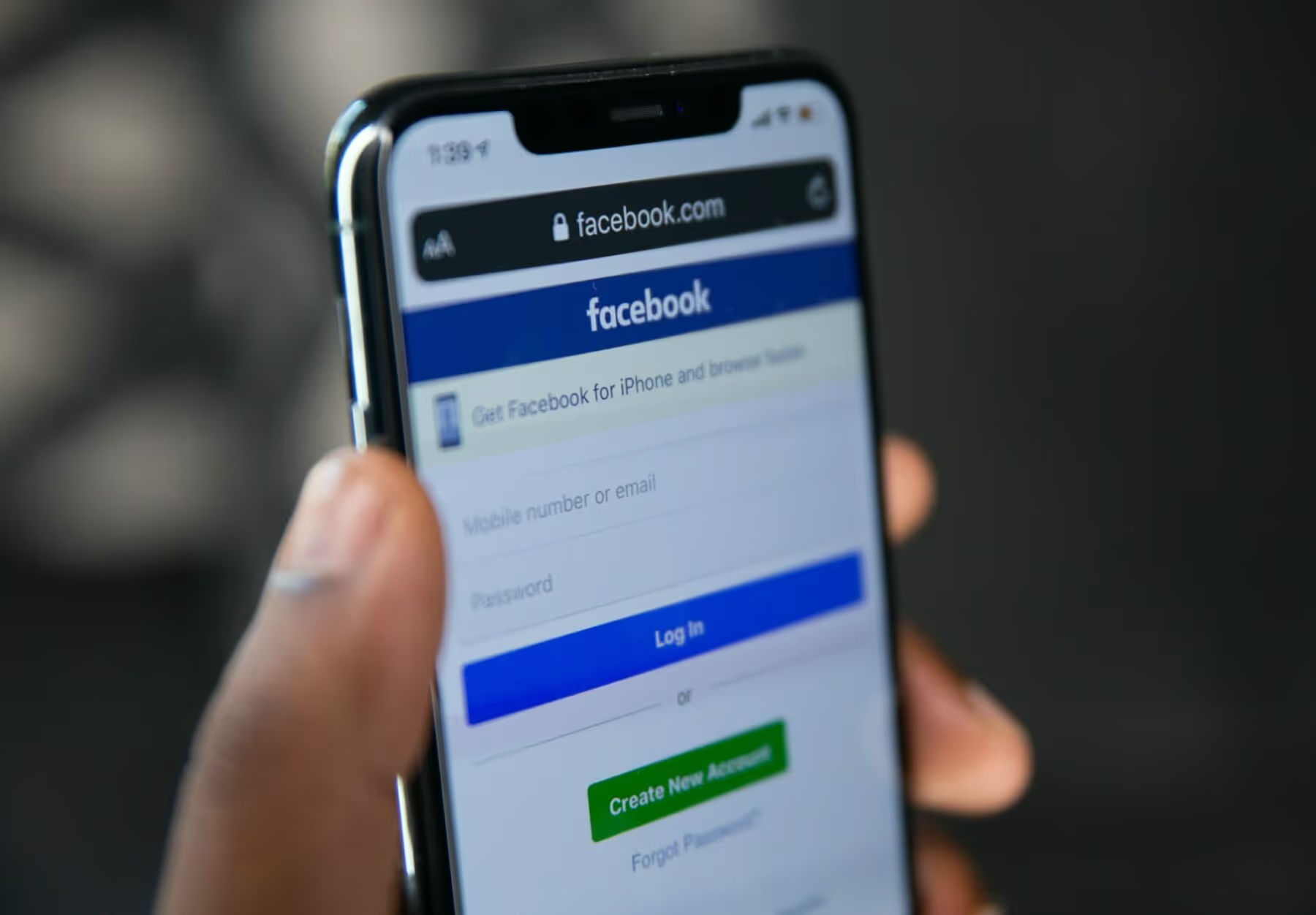

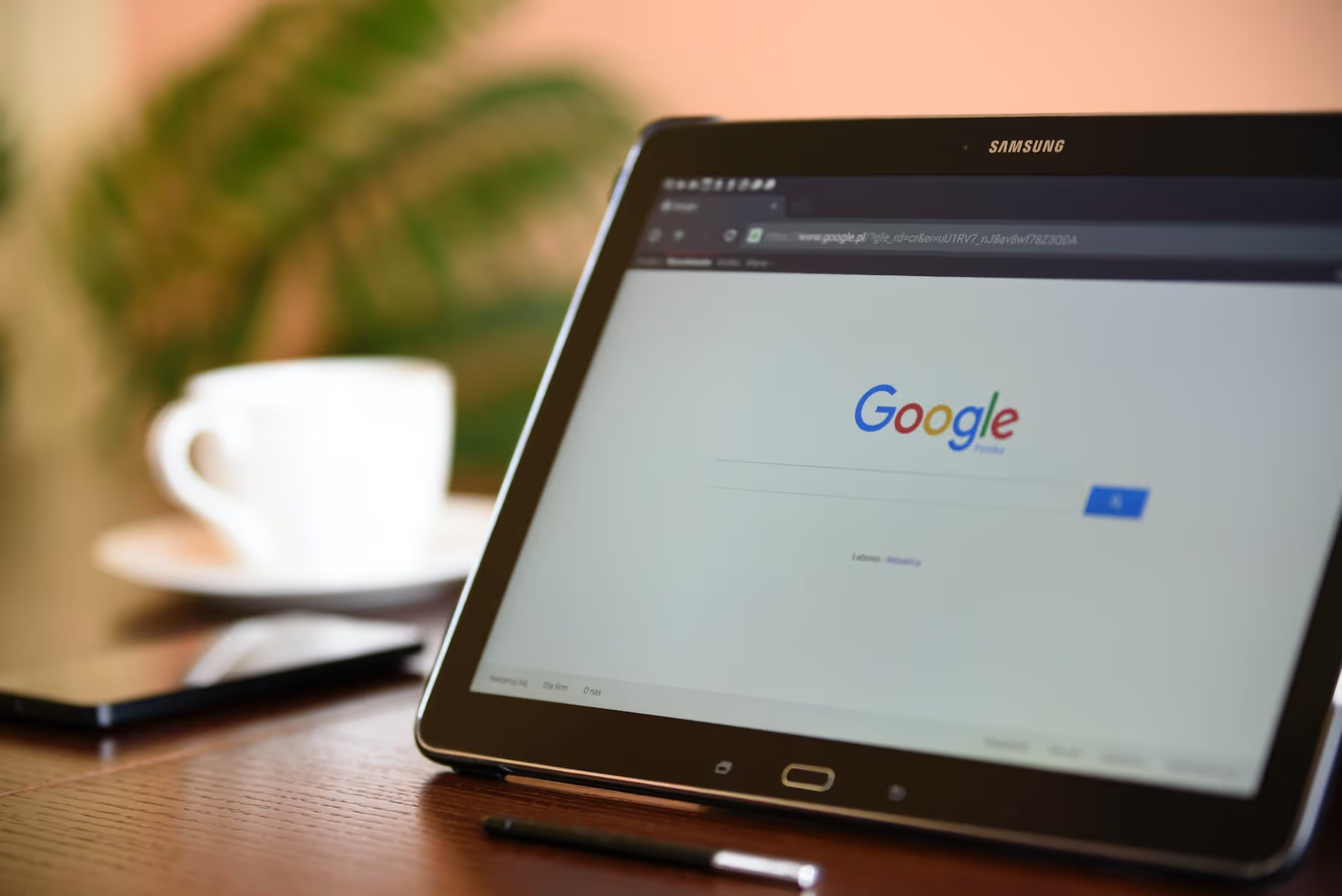
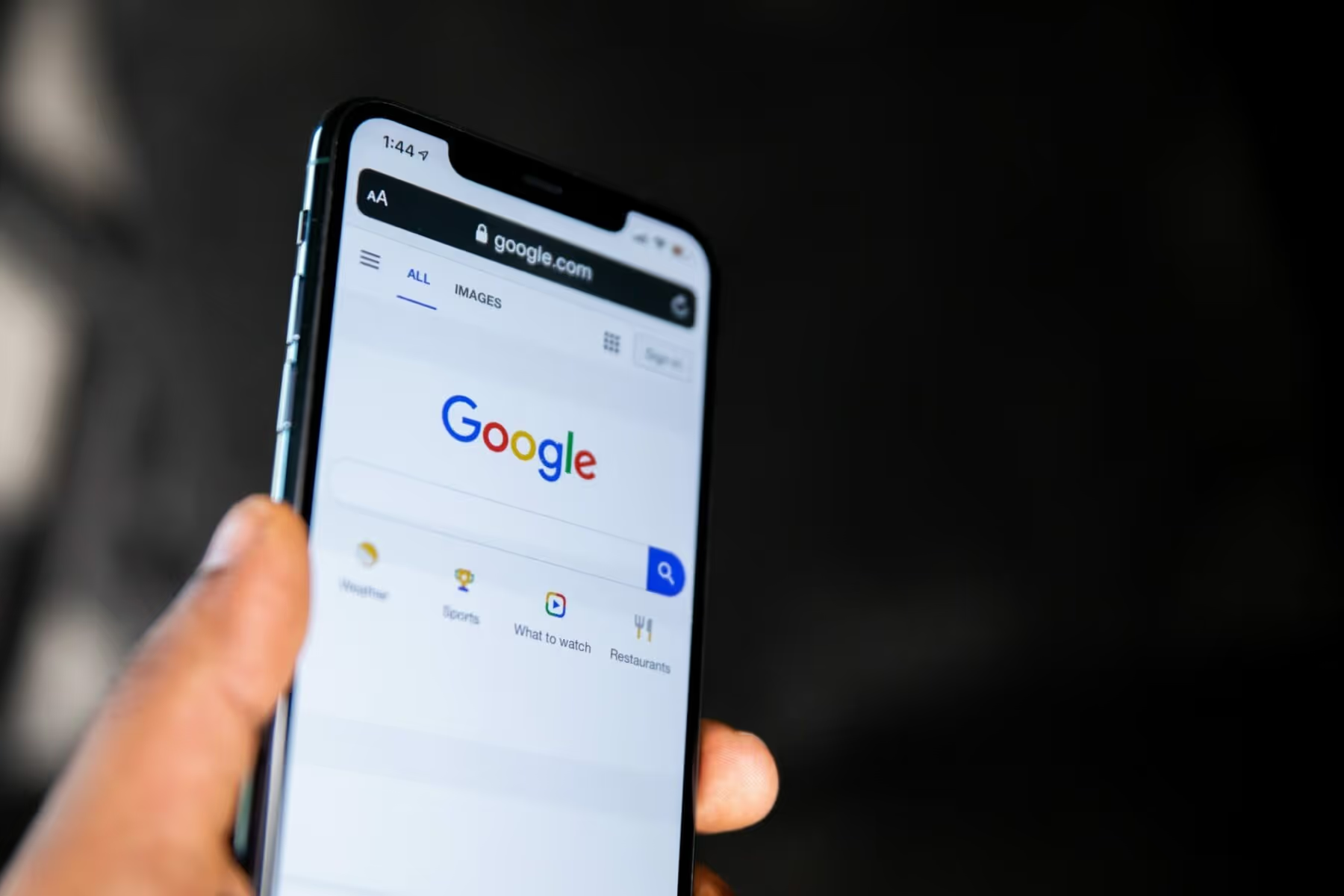

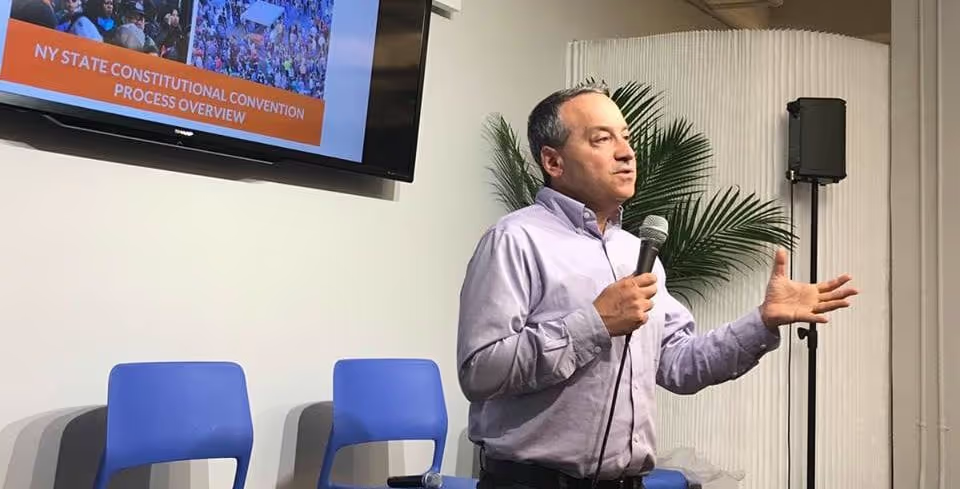
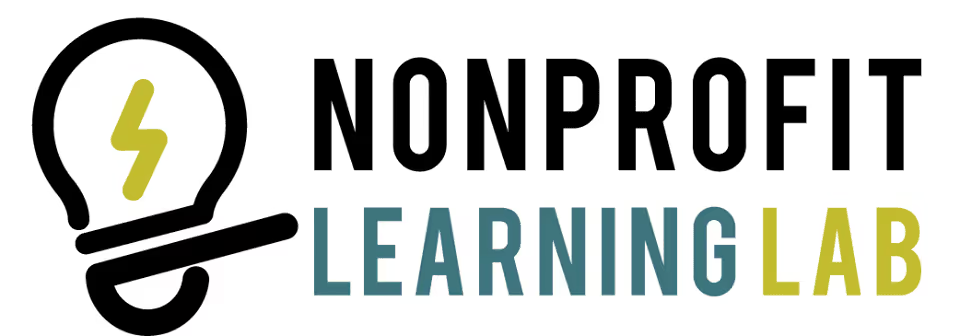
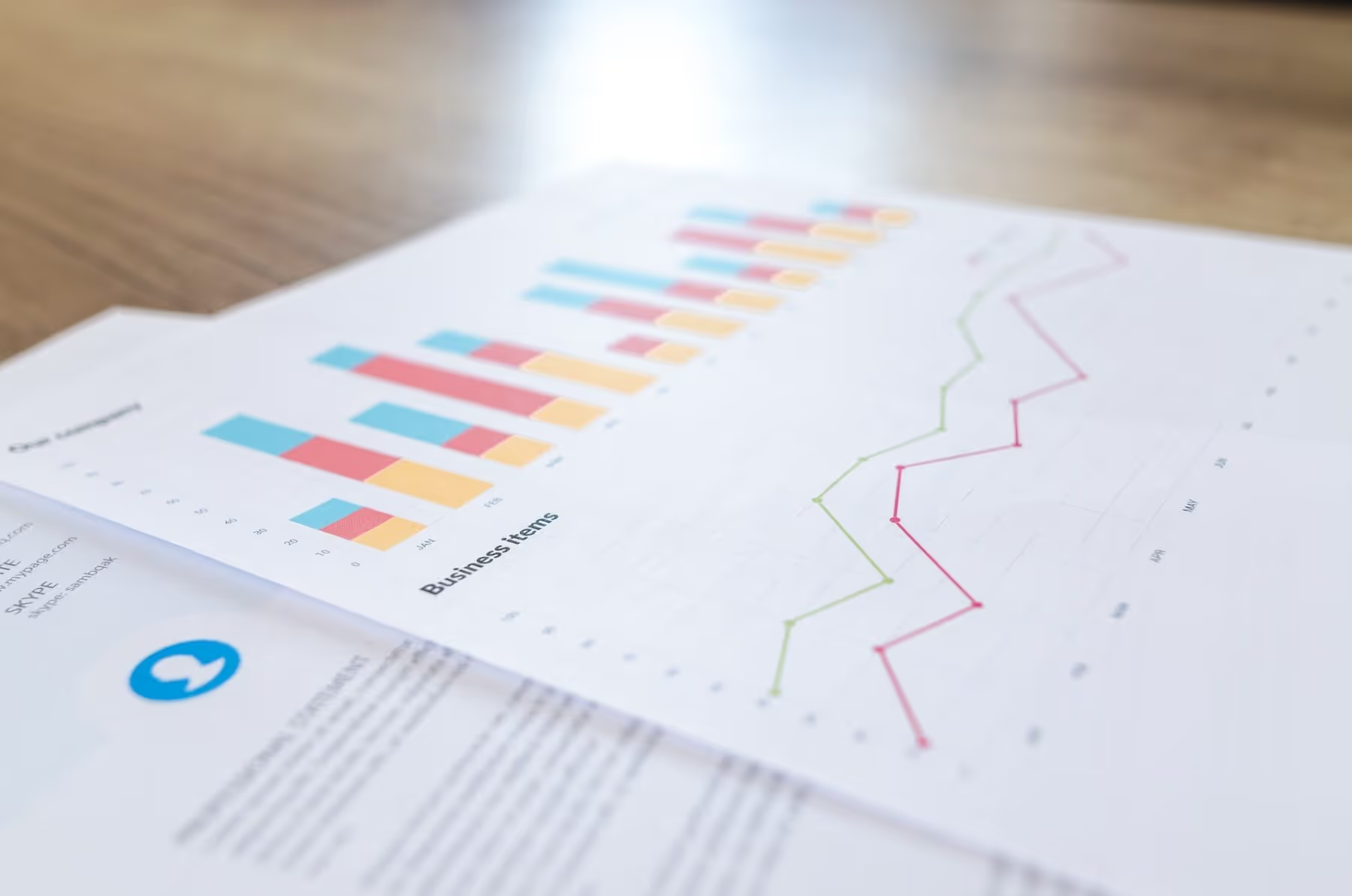




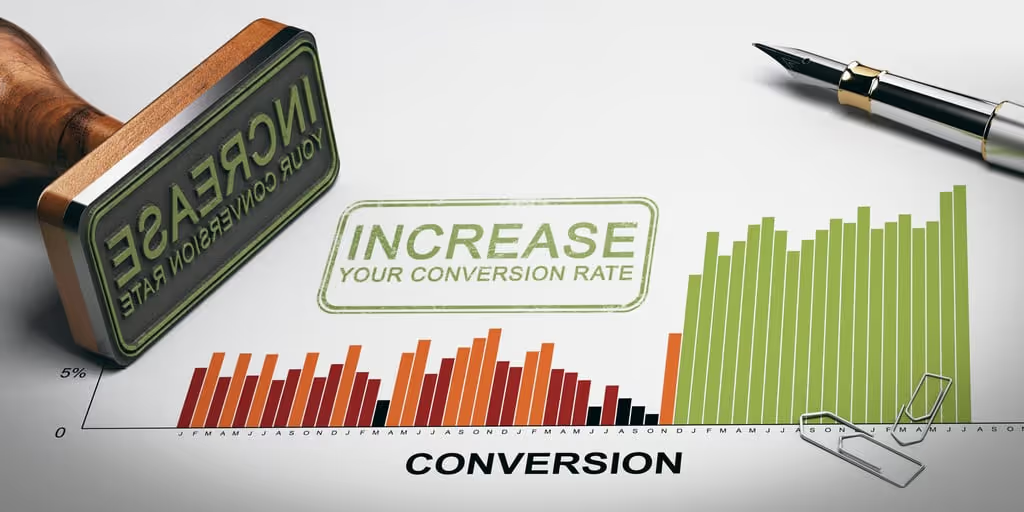
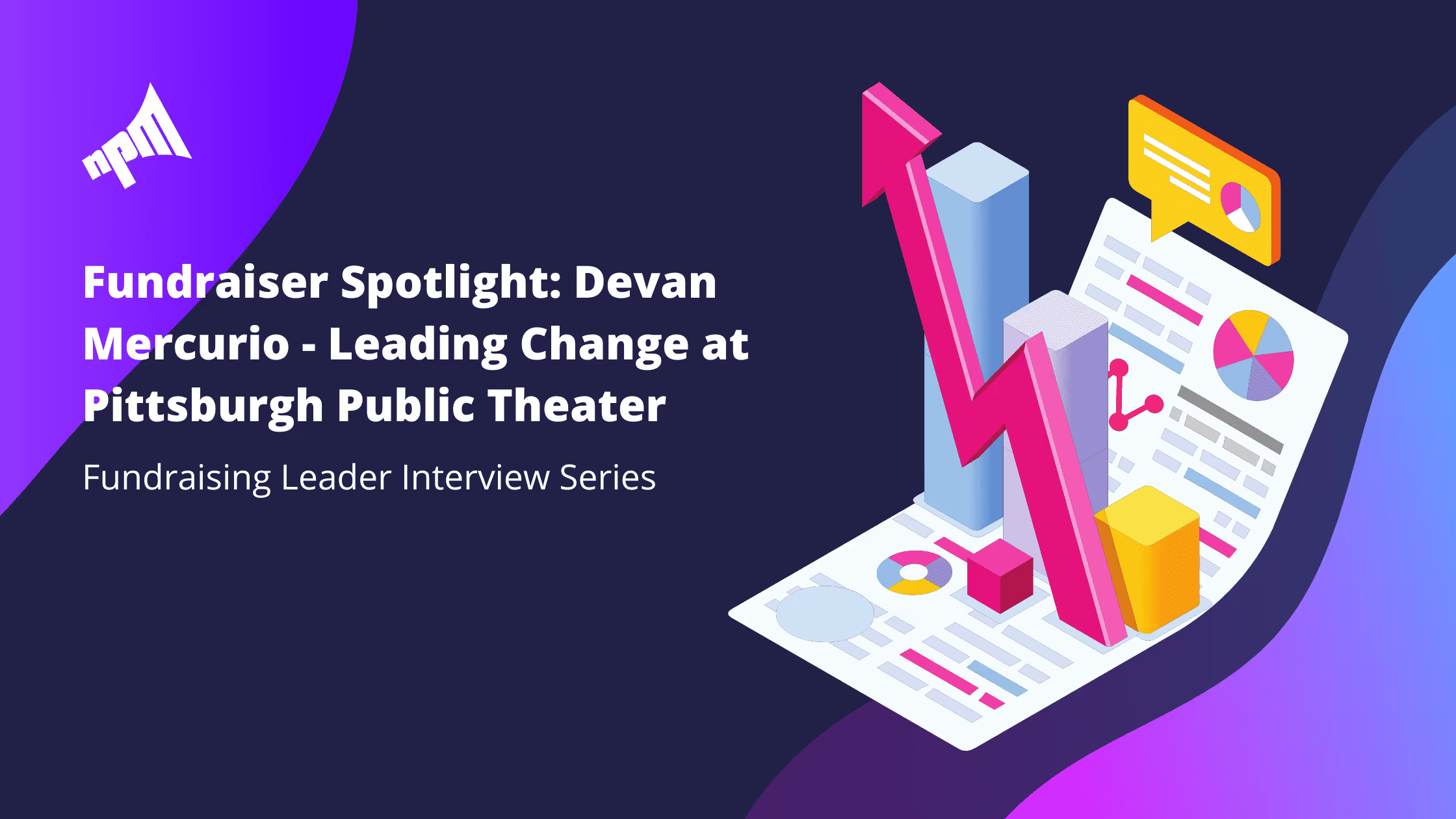





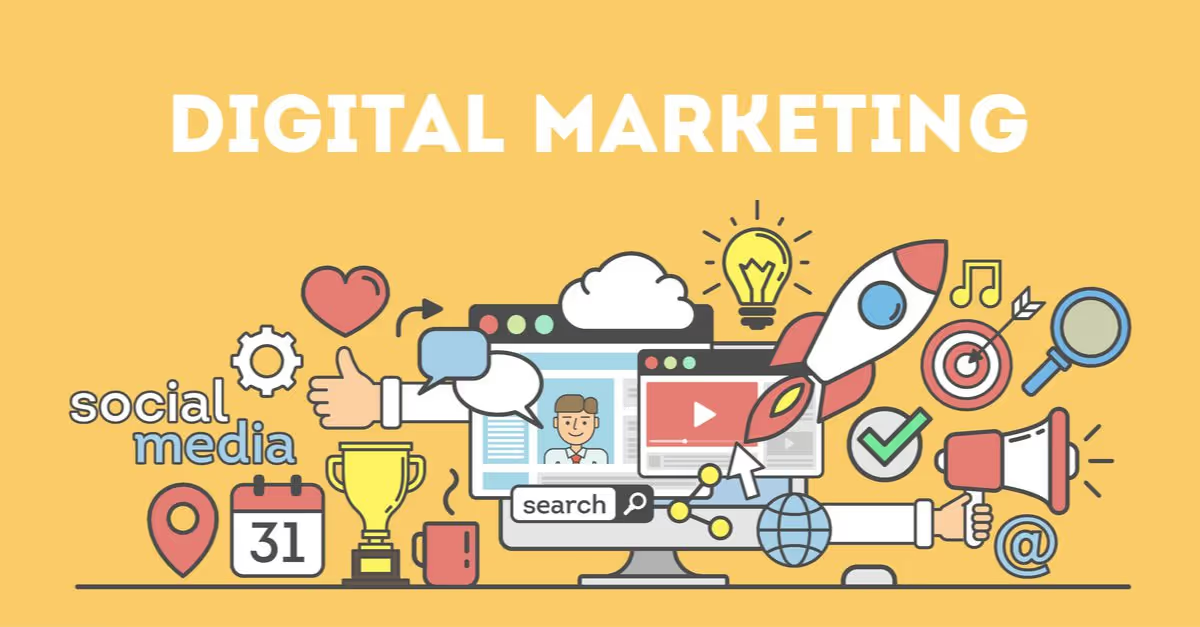
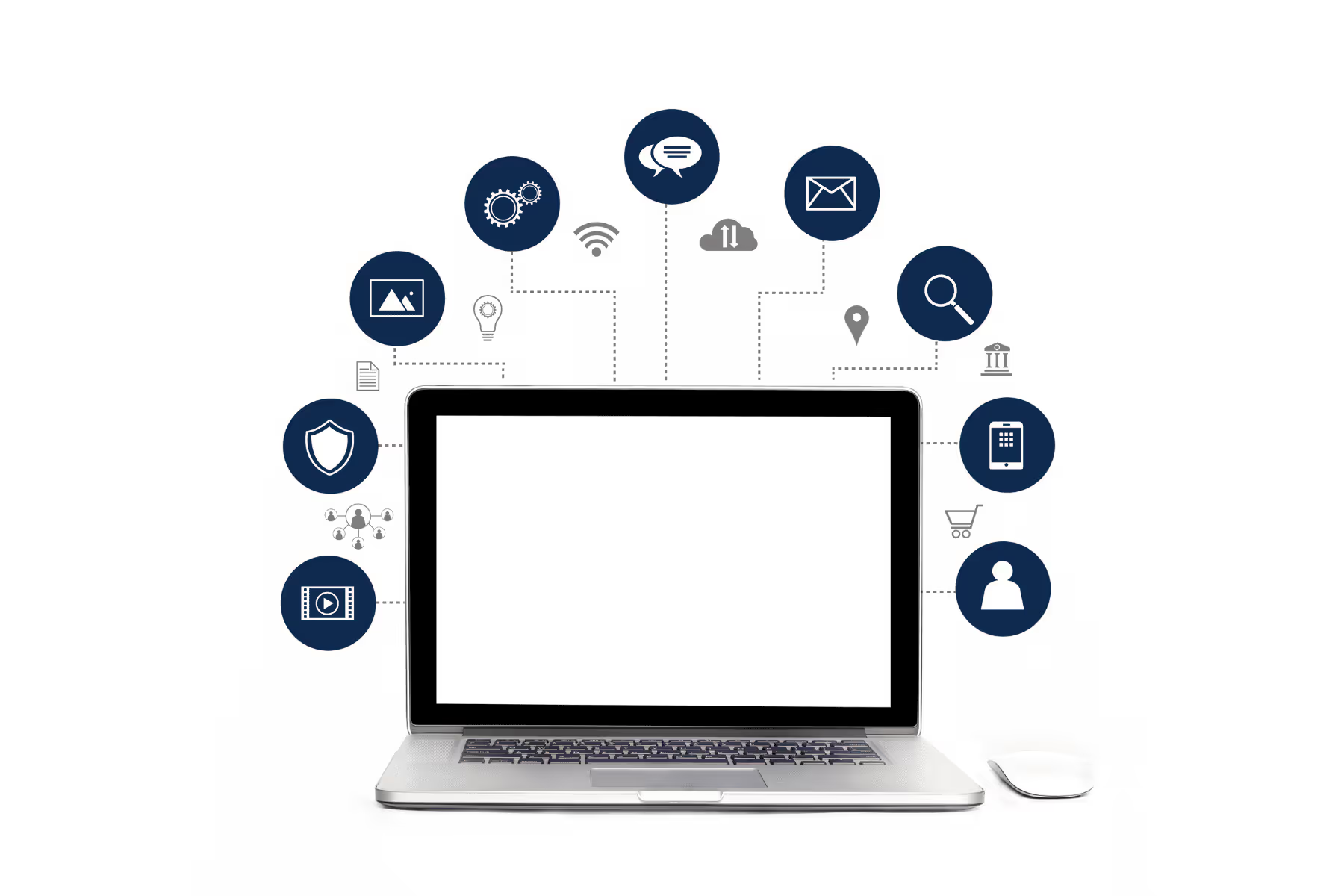




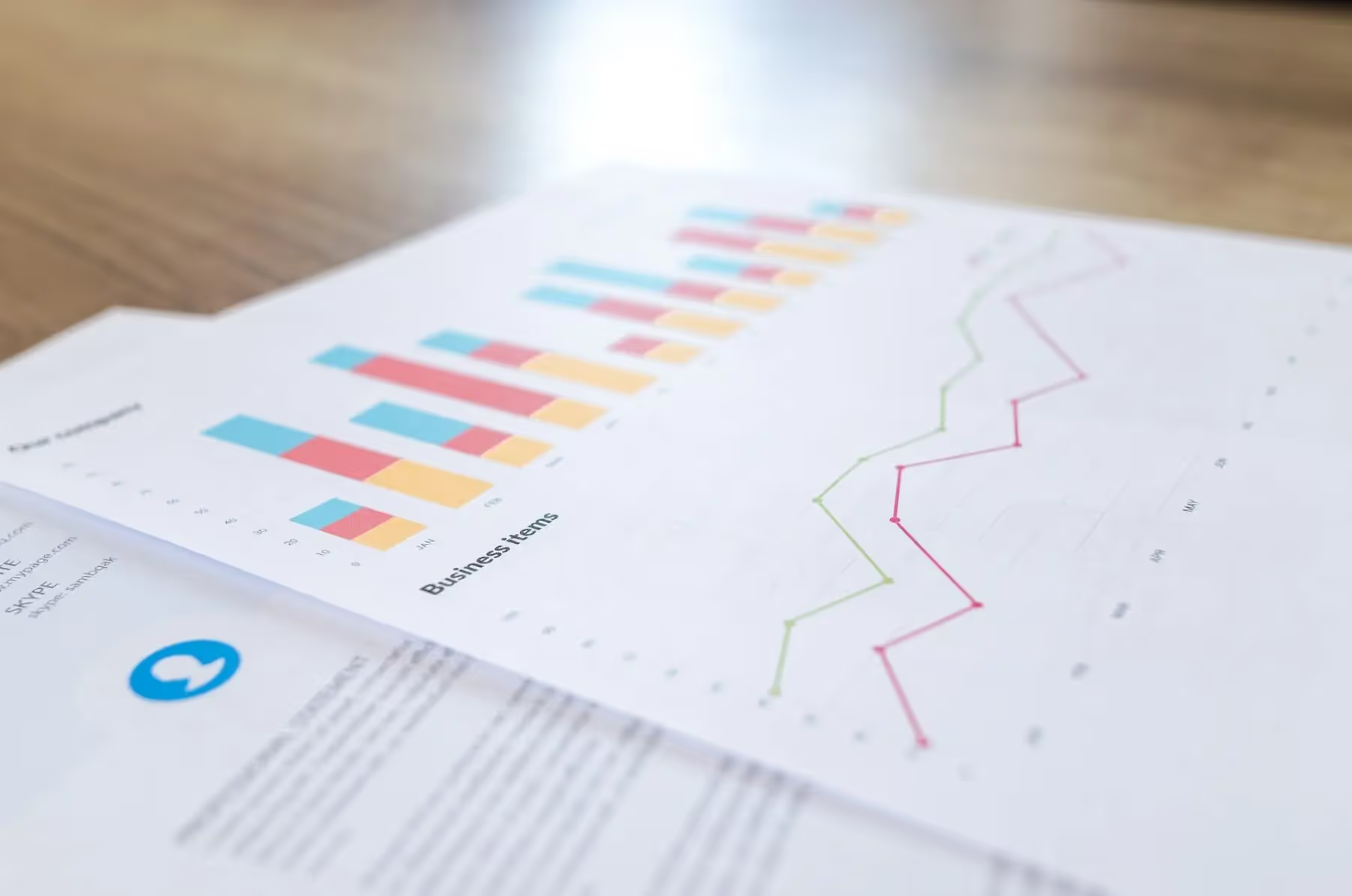


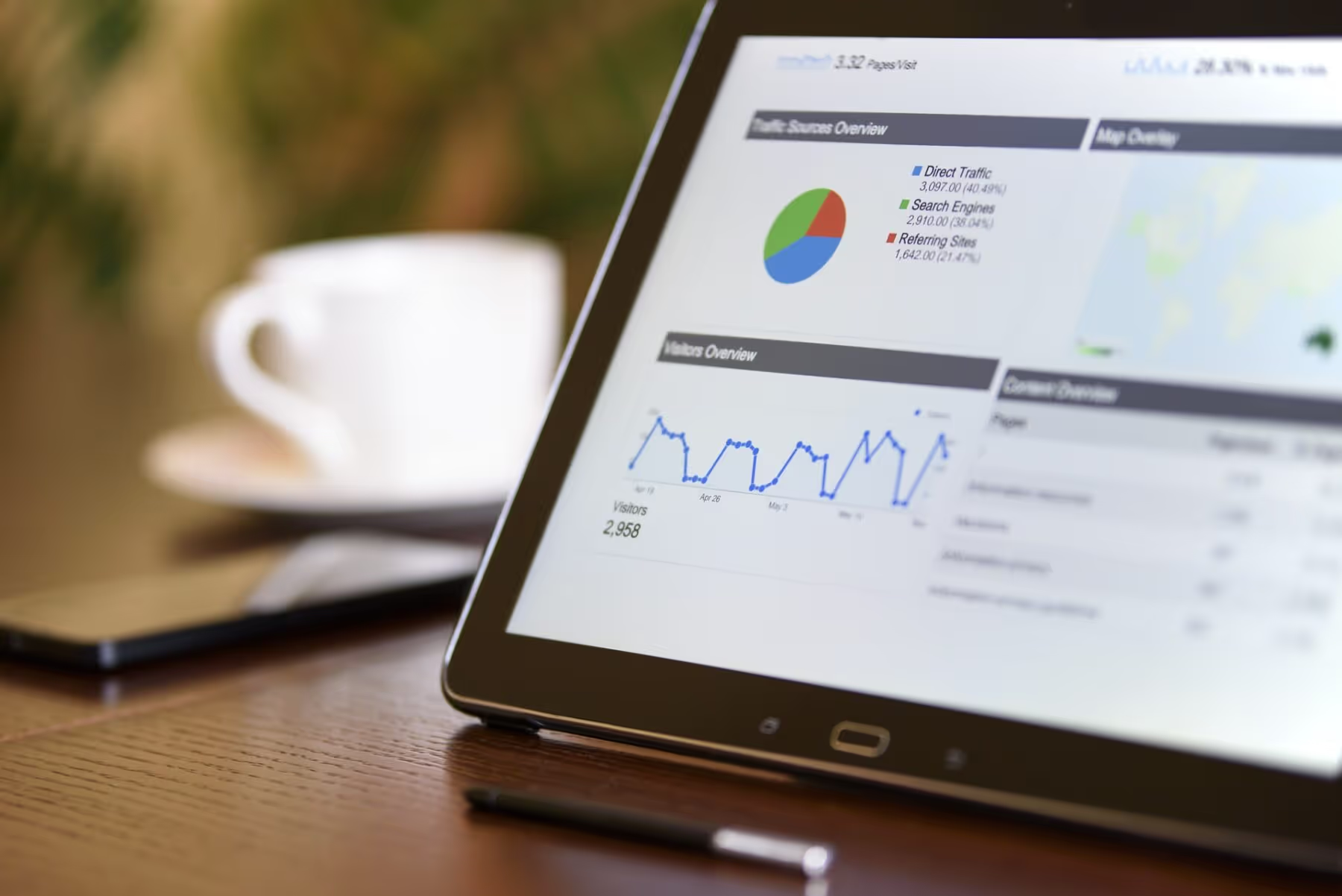


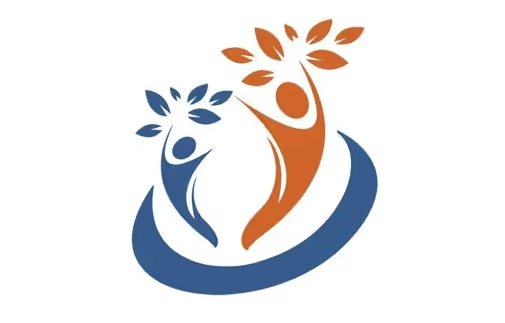


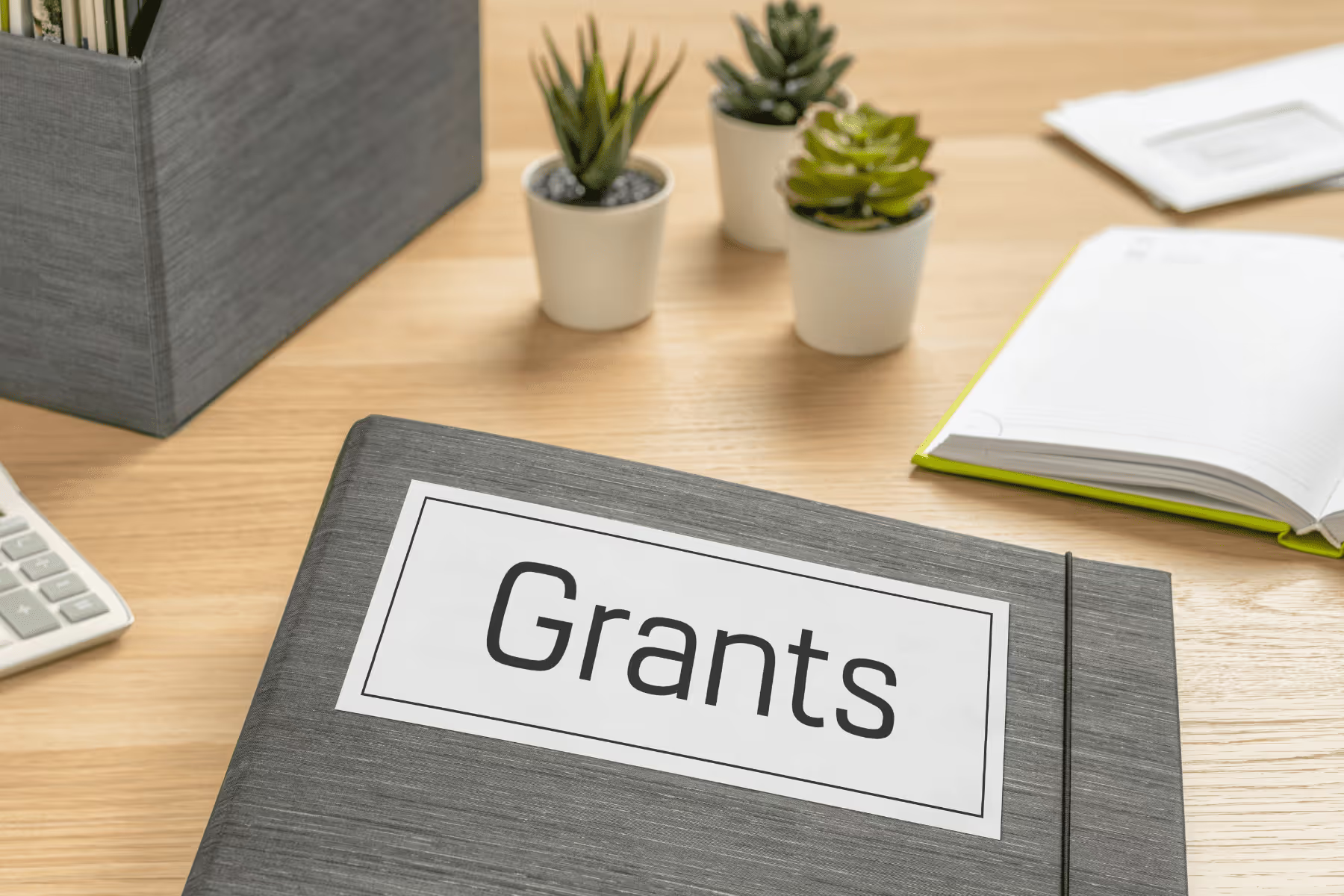
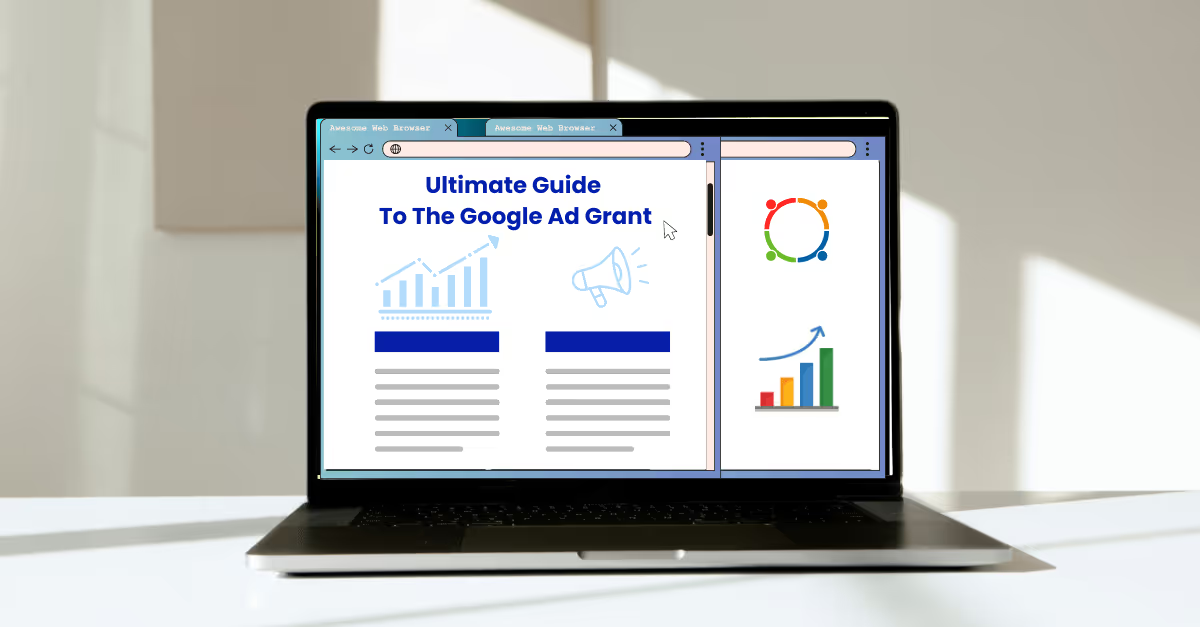







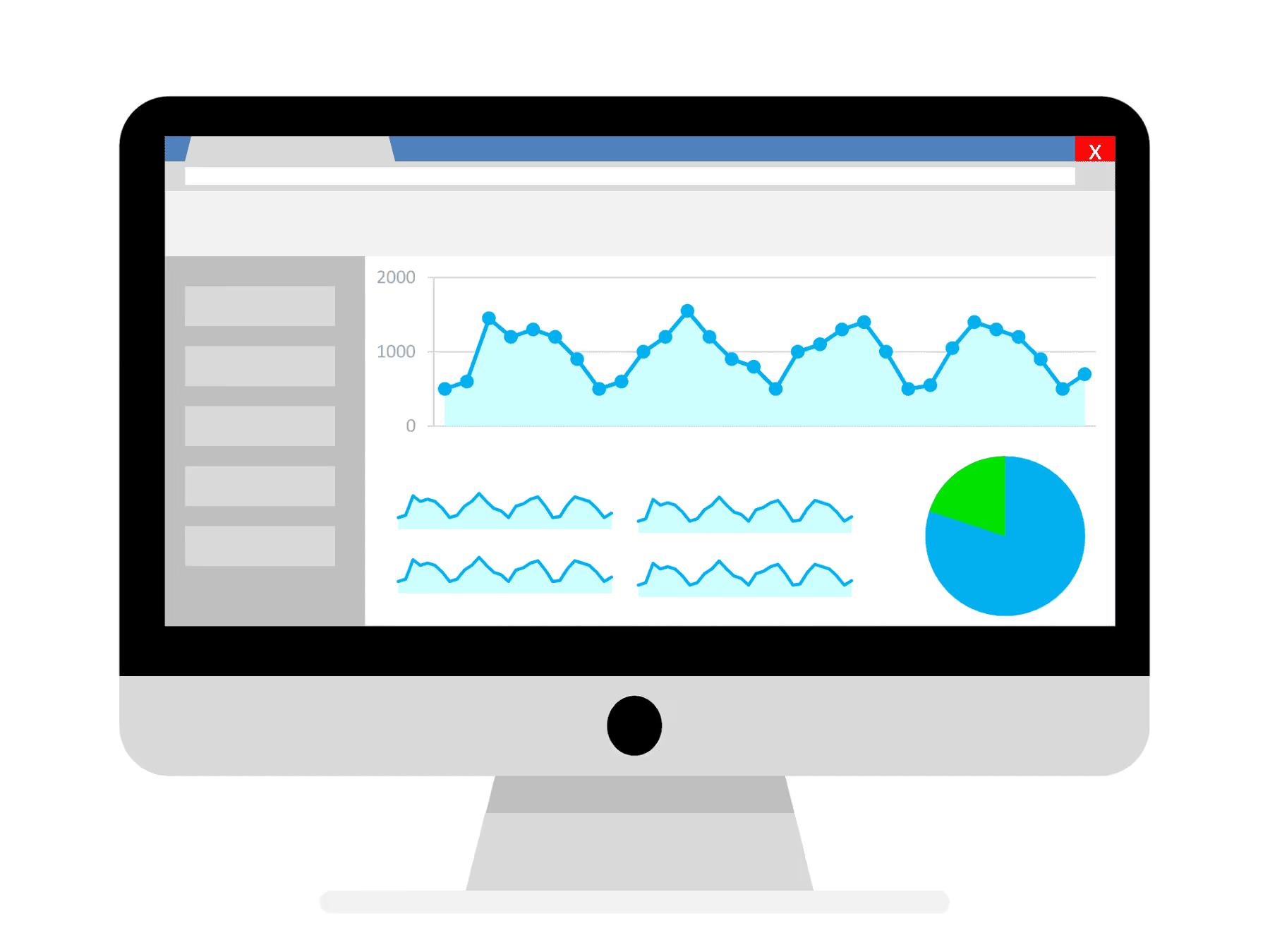






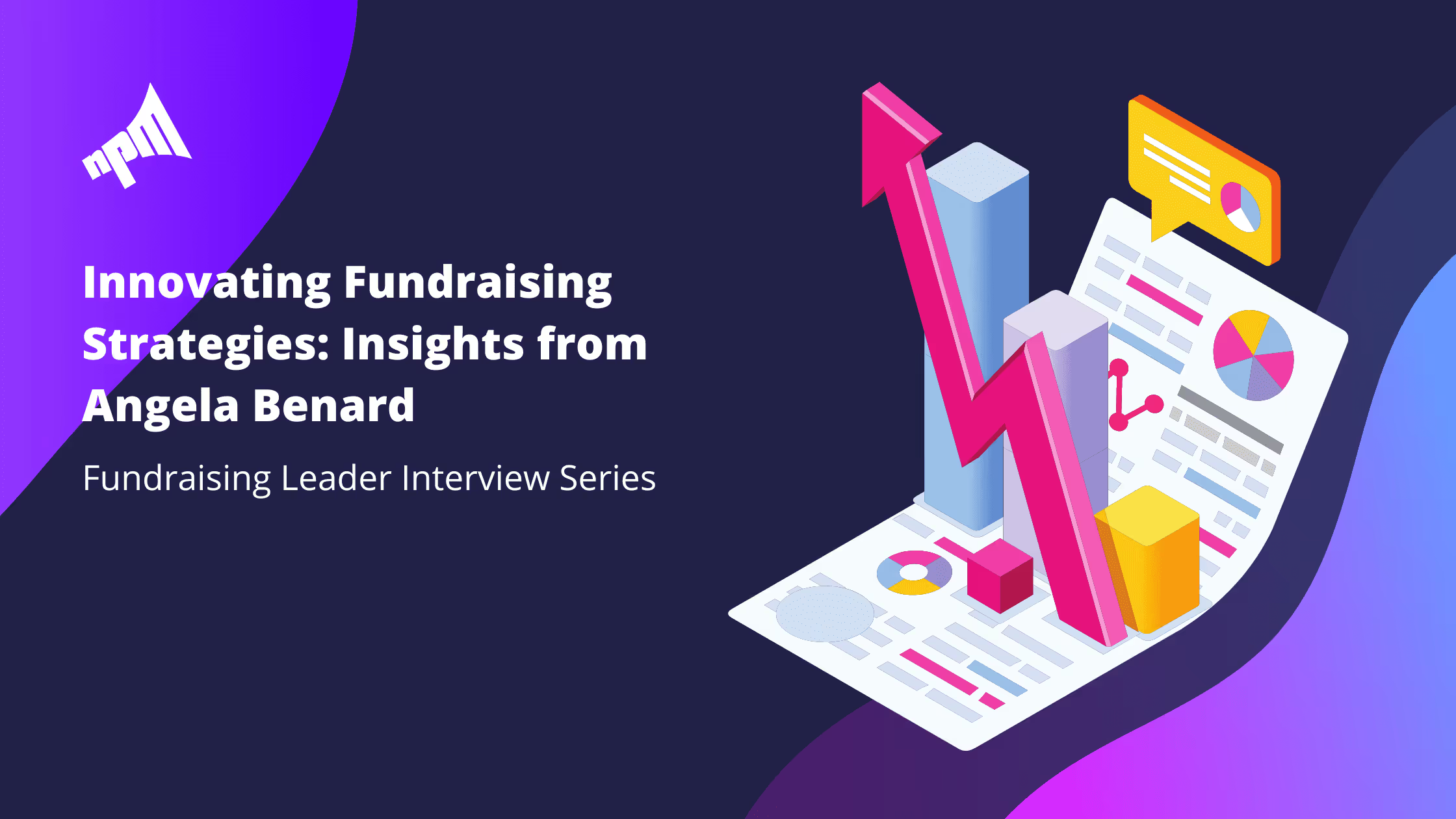




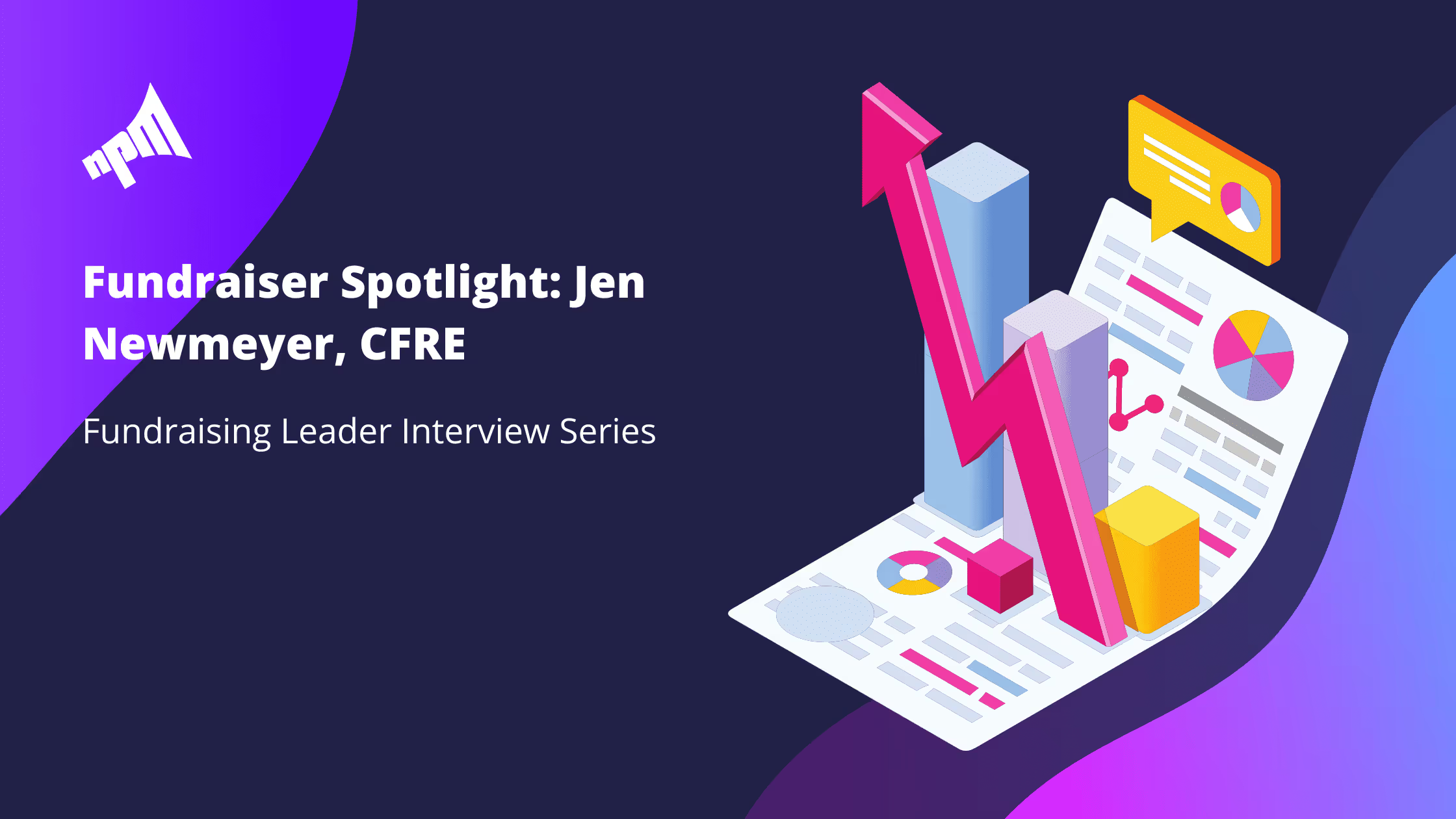




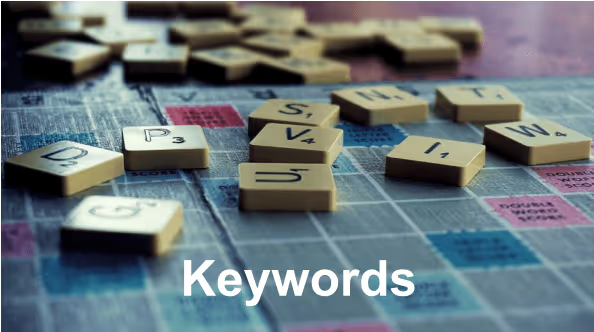




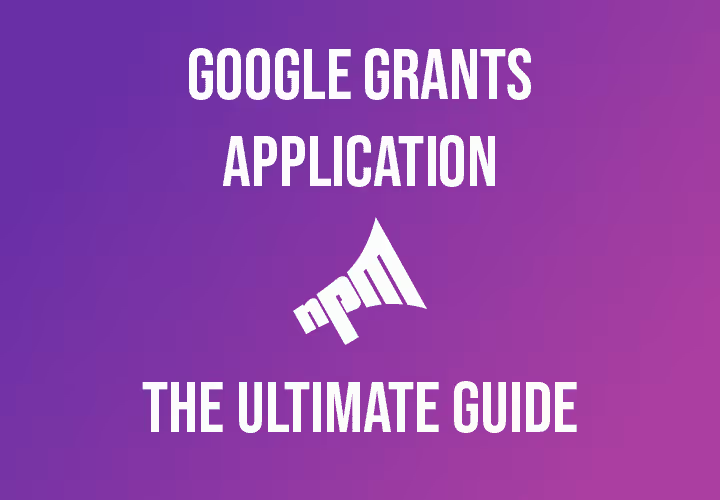






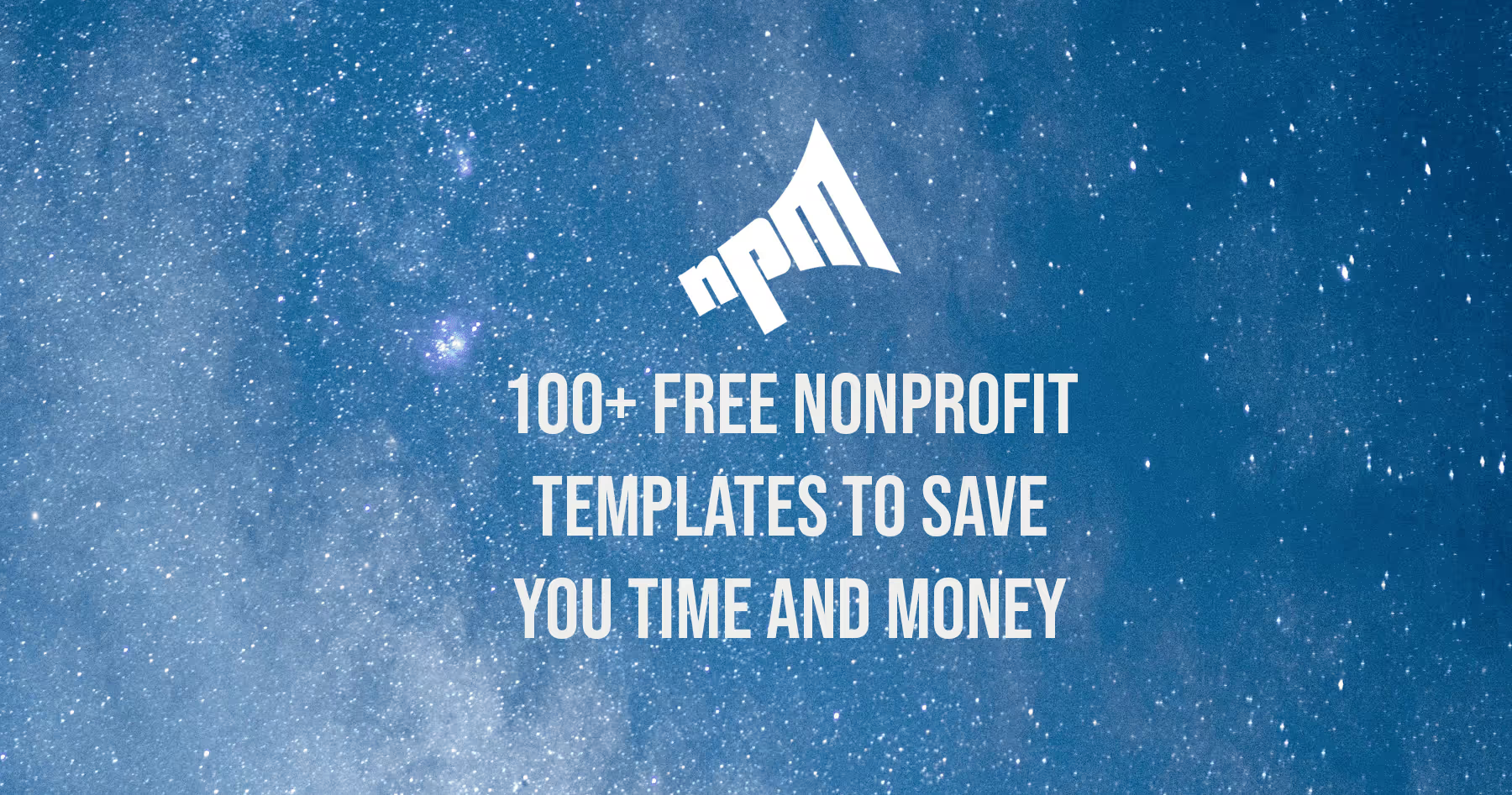



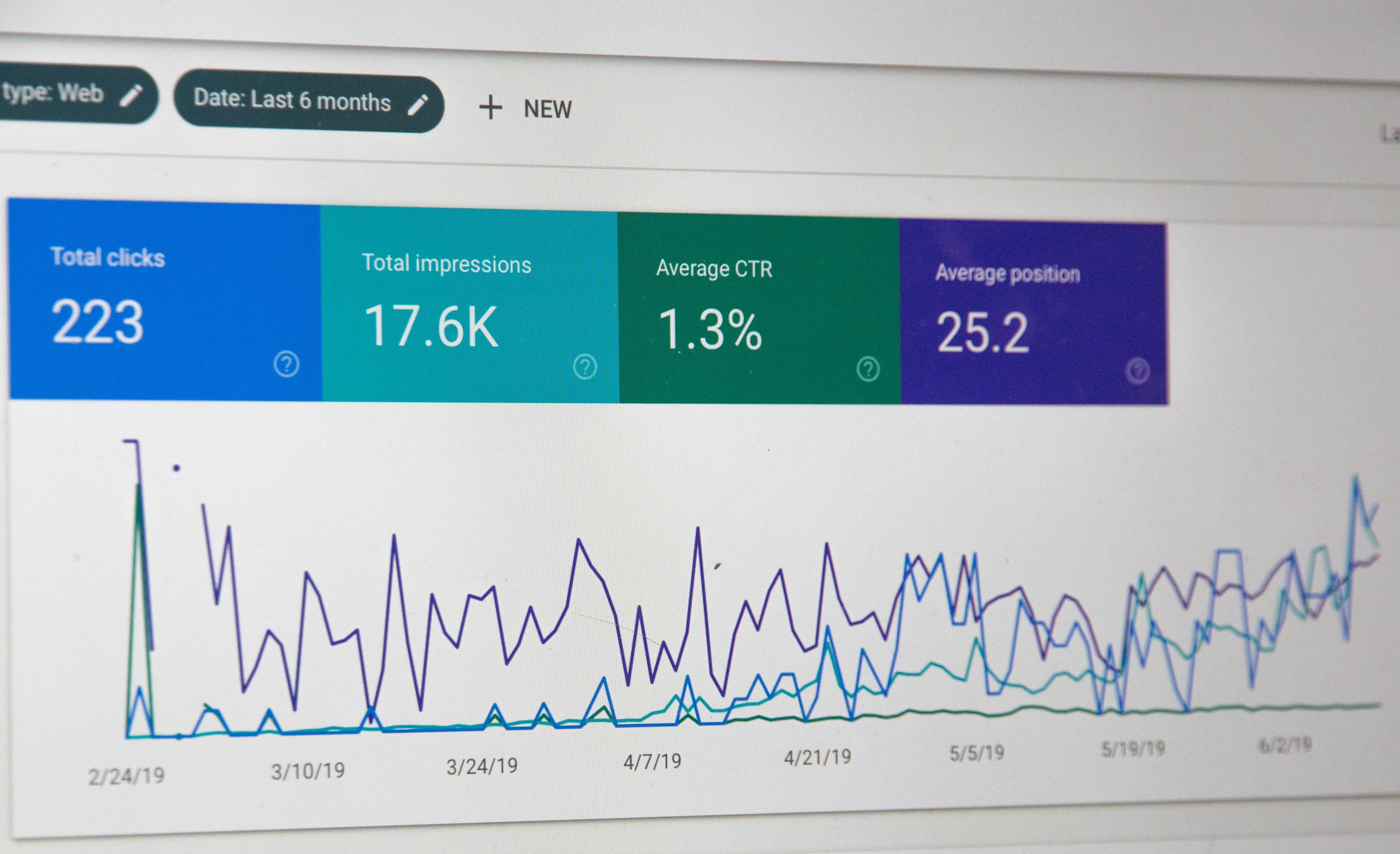

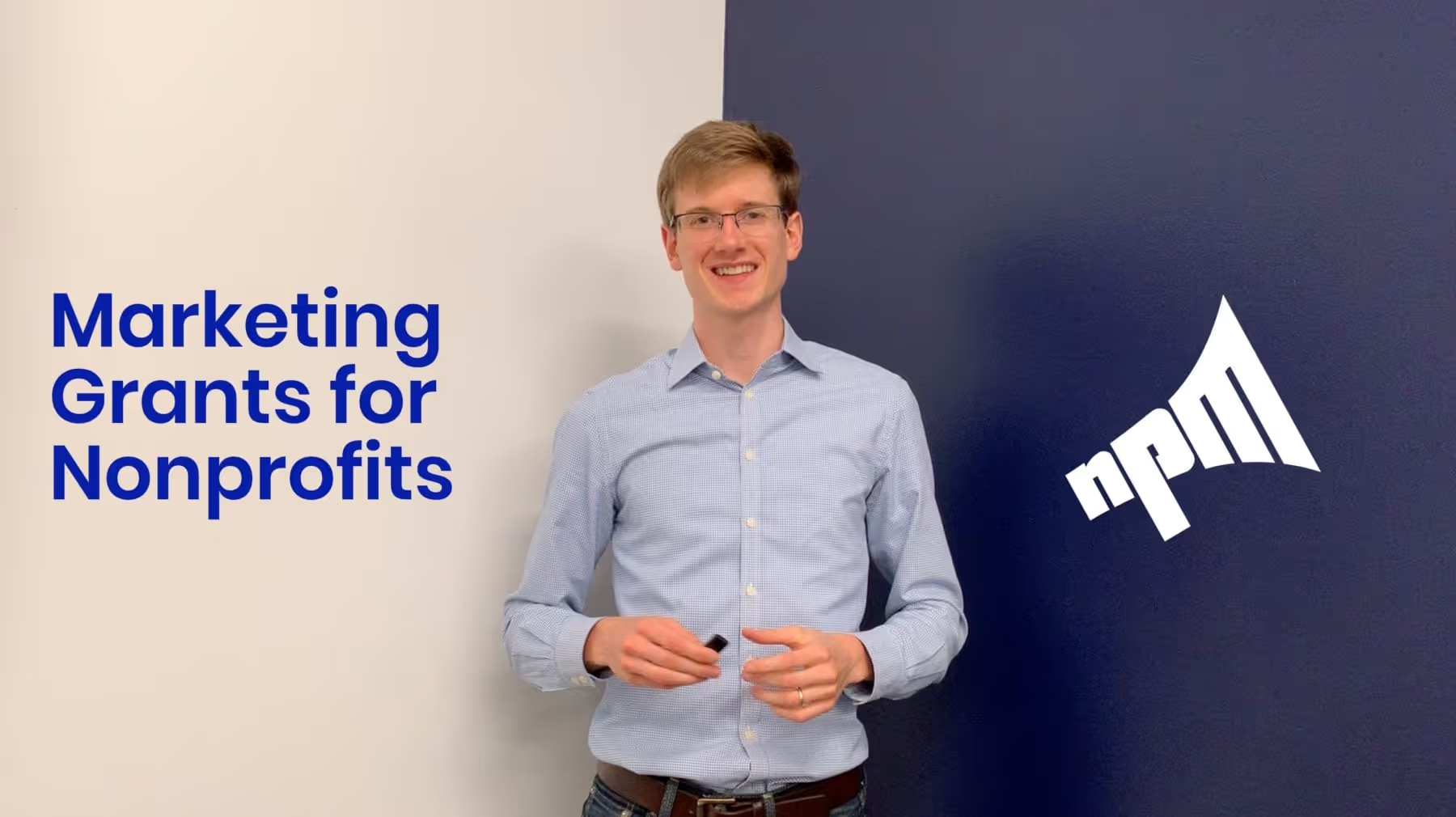
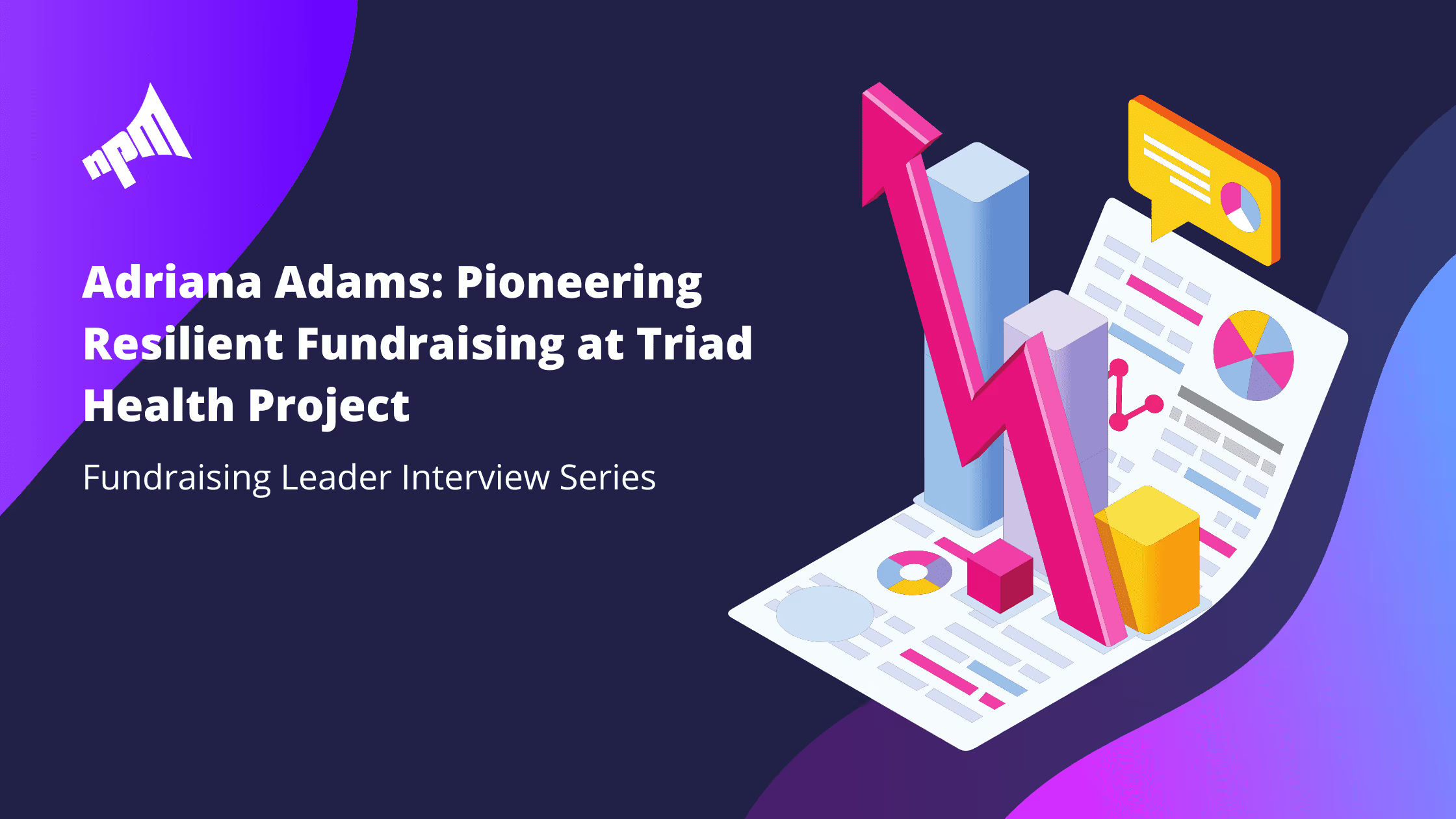


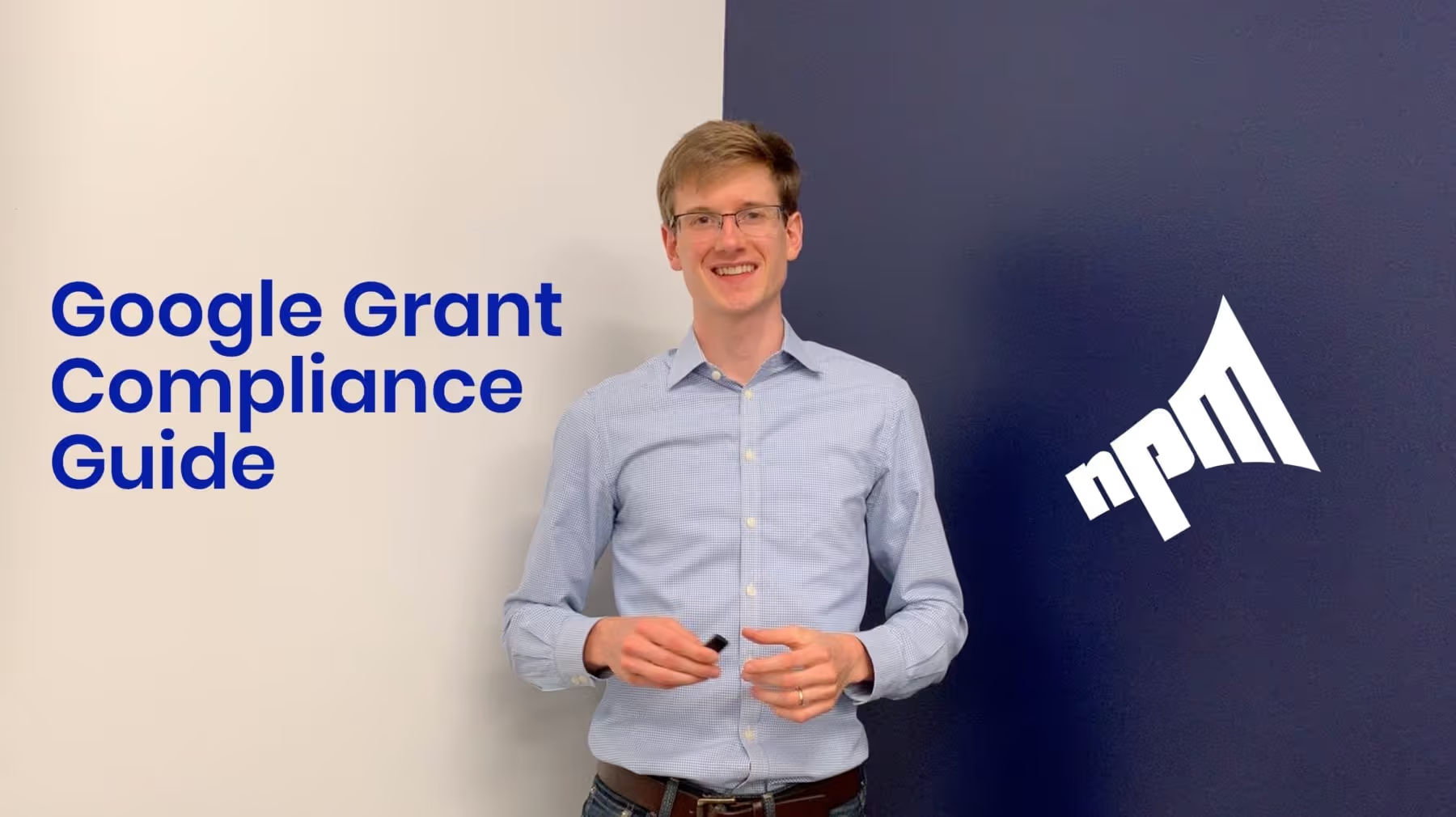
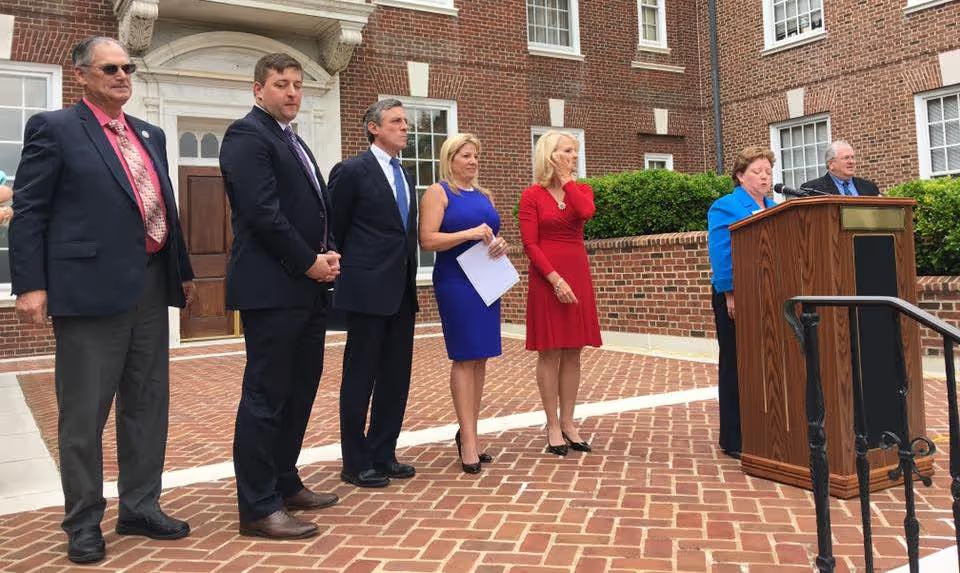




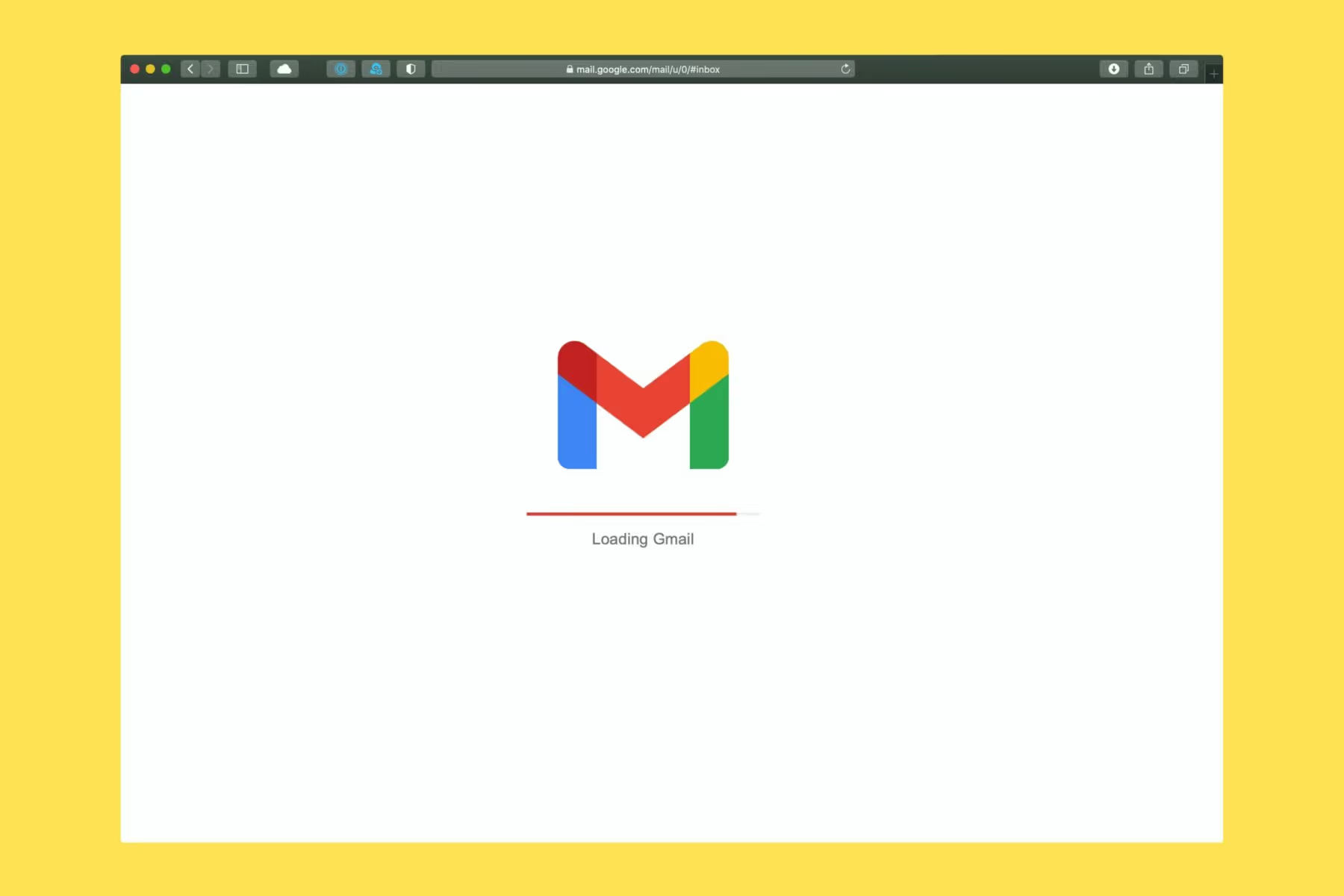

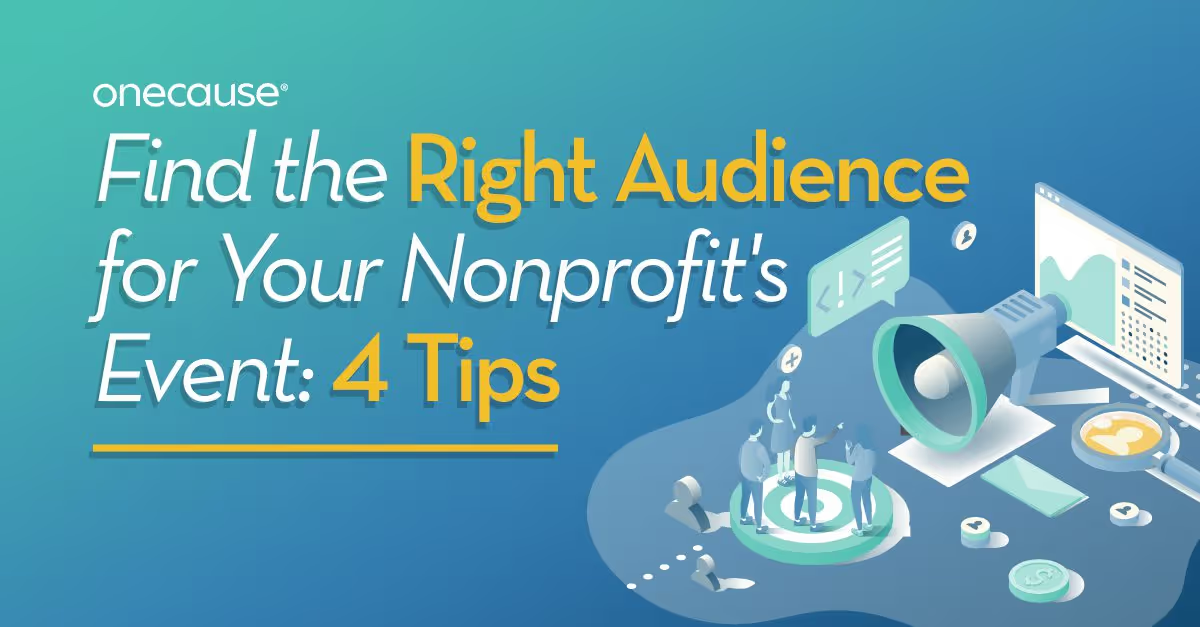

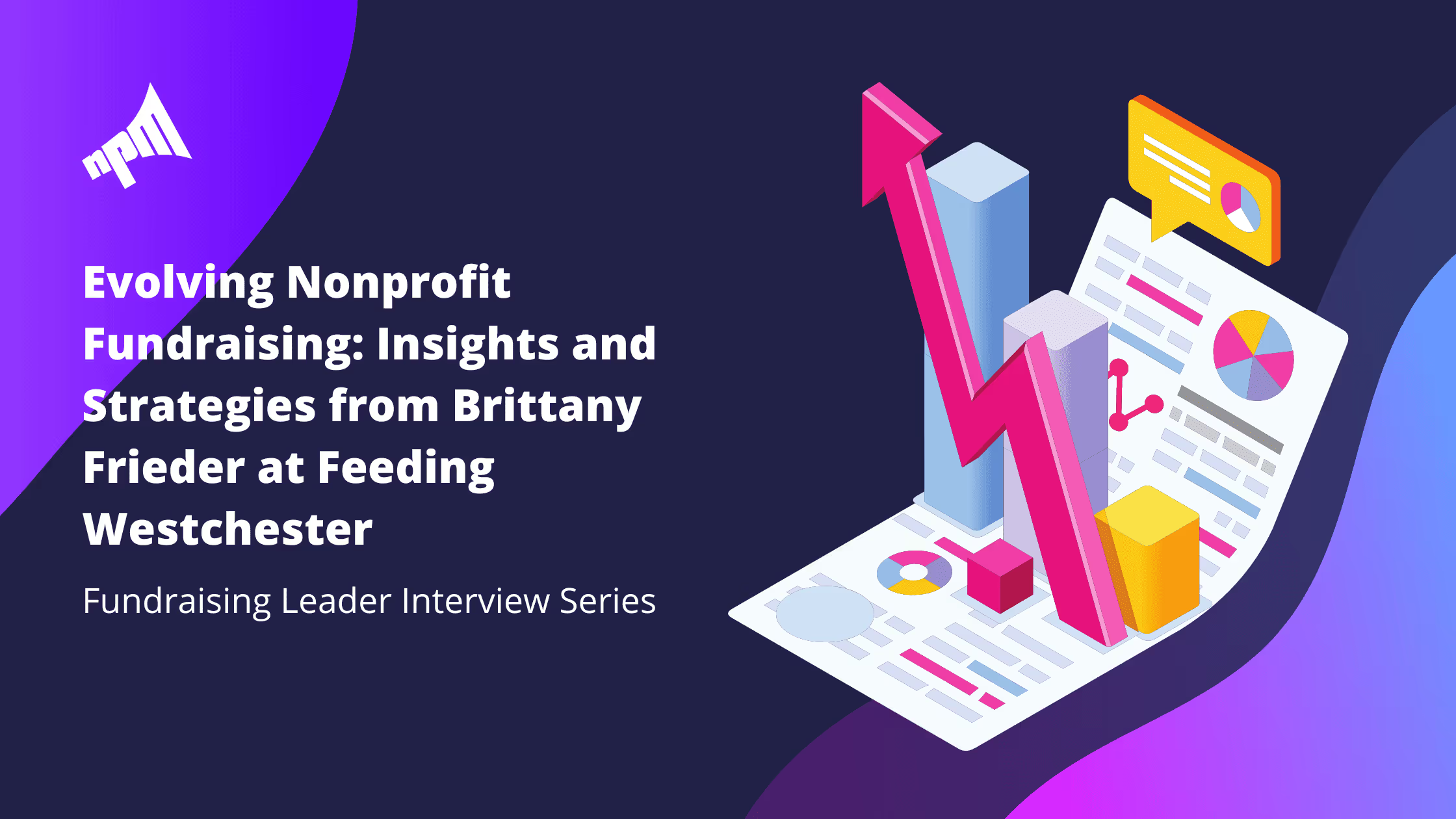
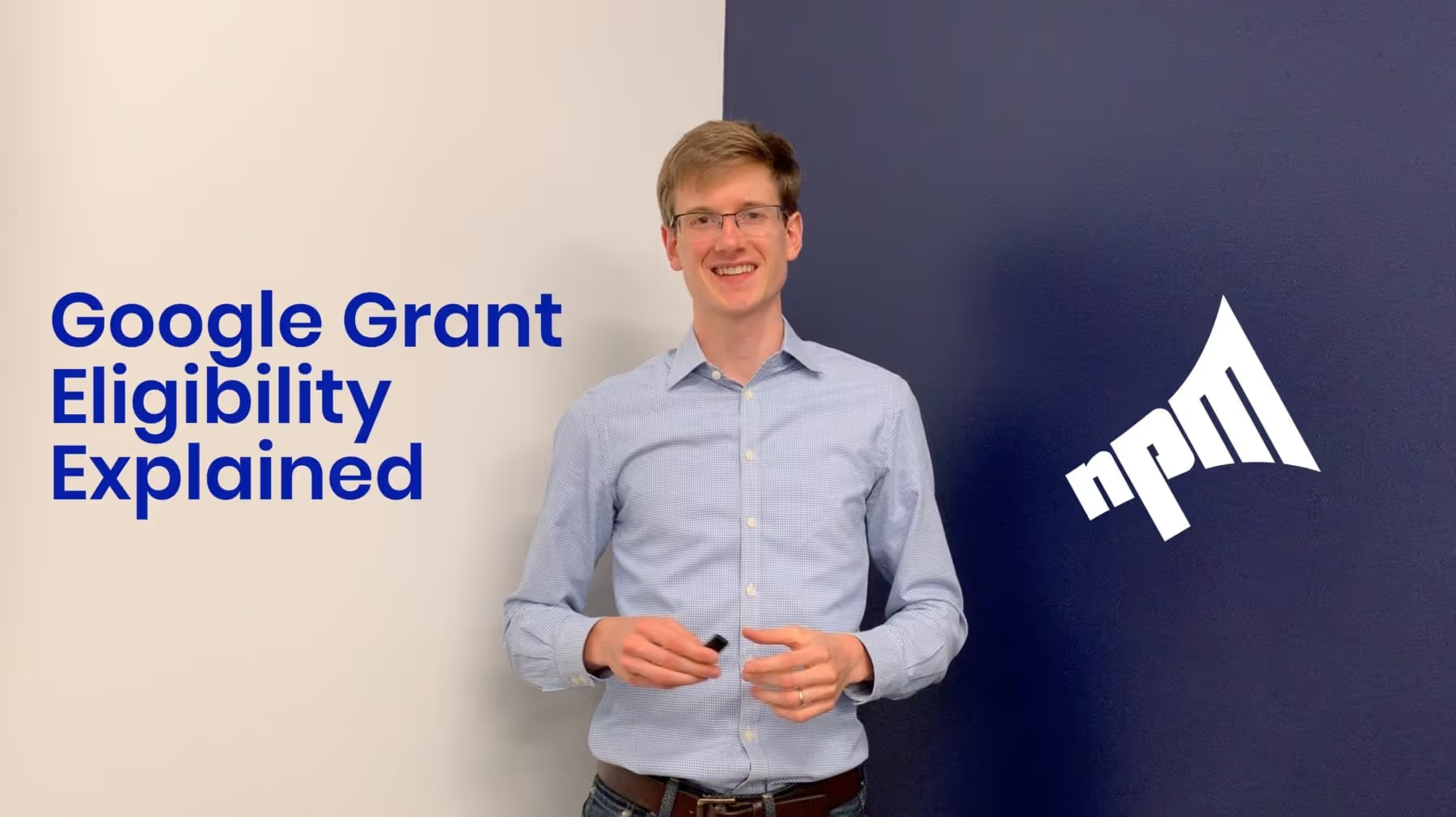







.svg)
.svg)
.svg)
.svg)